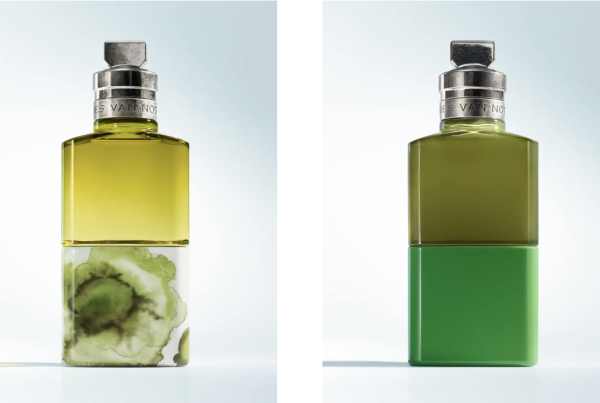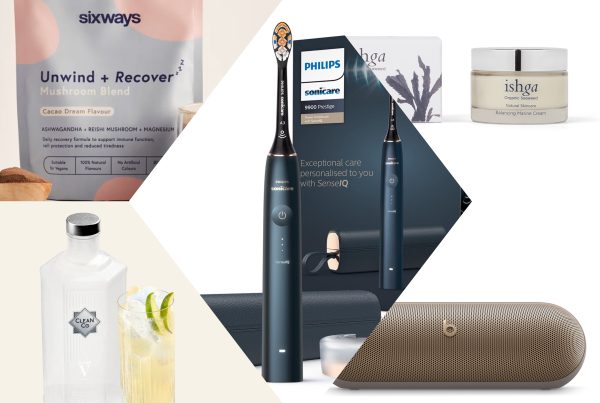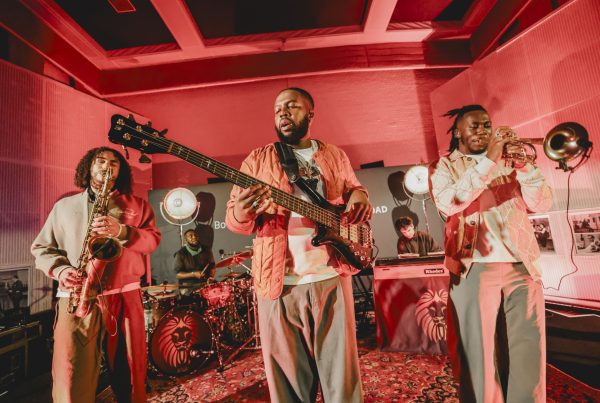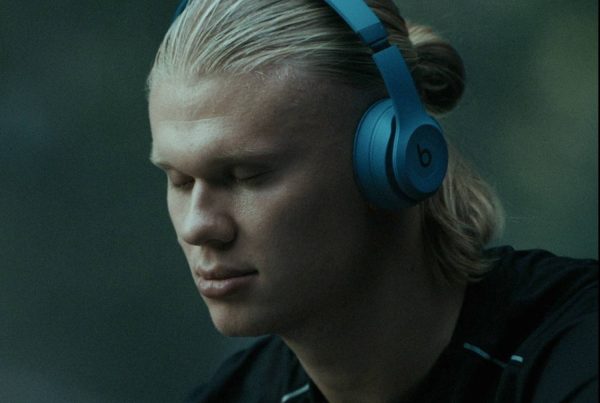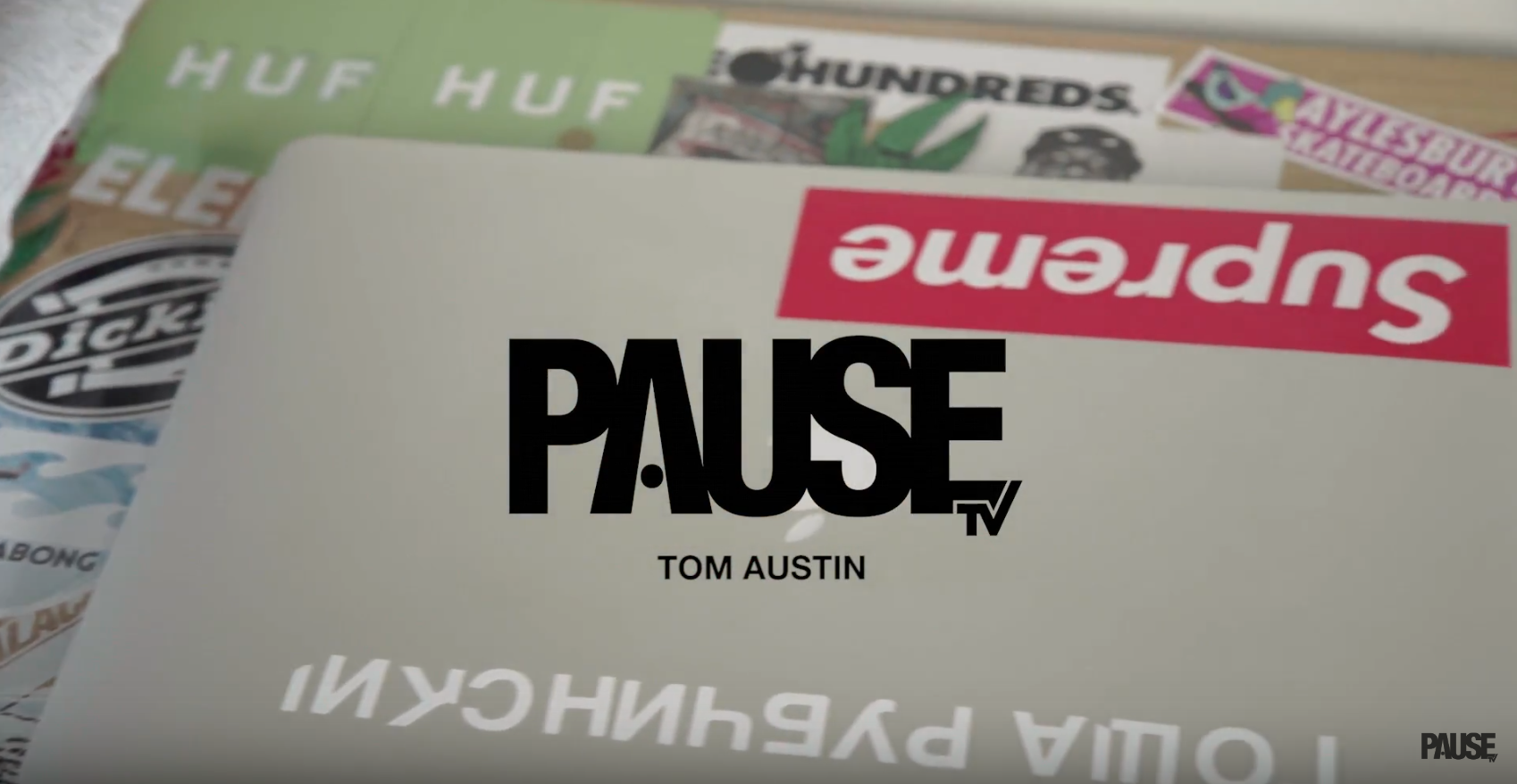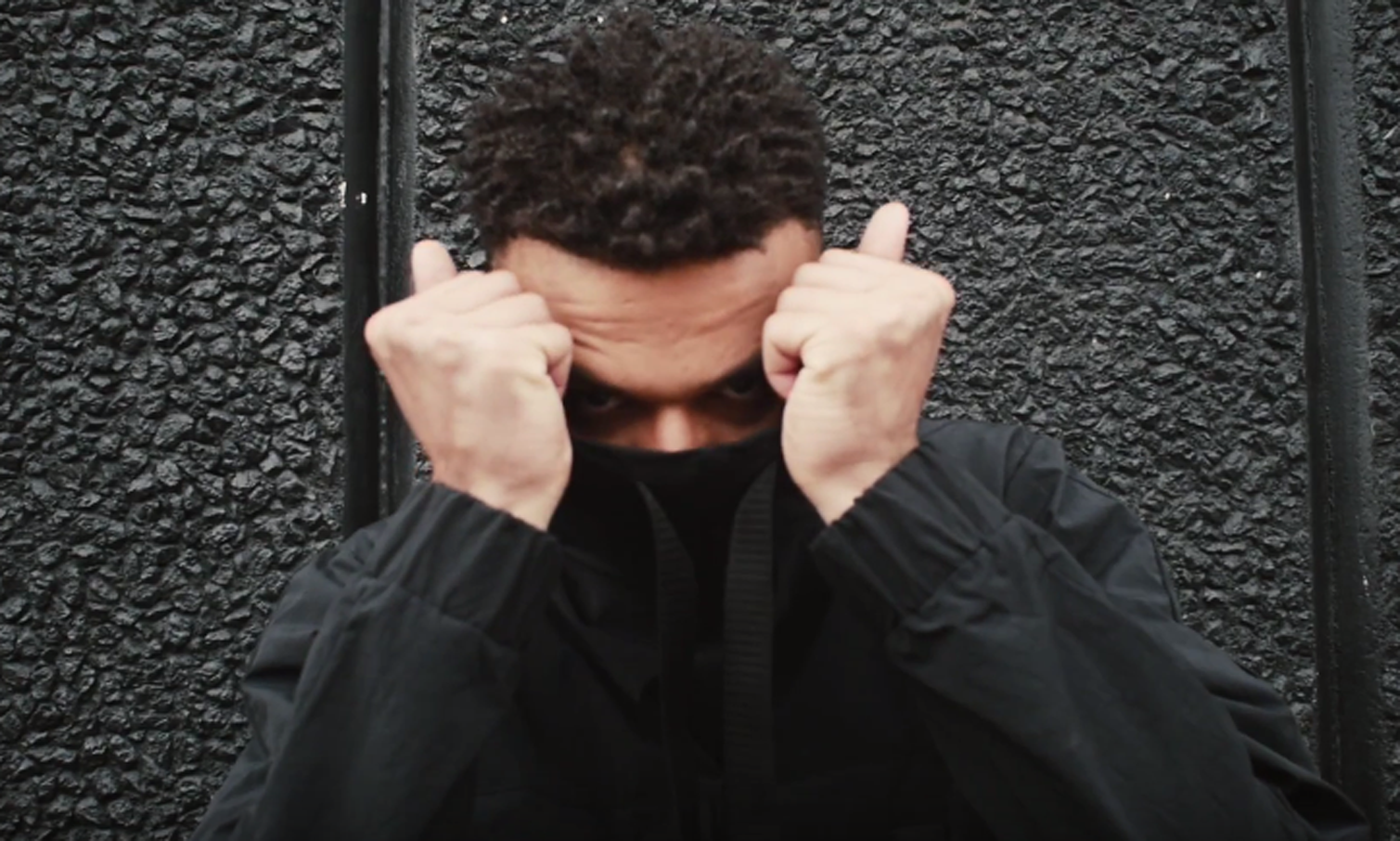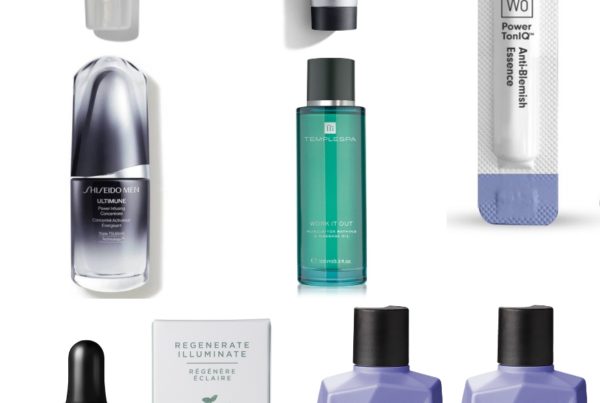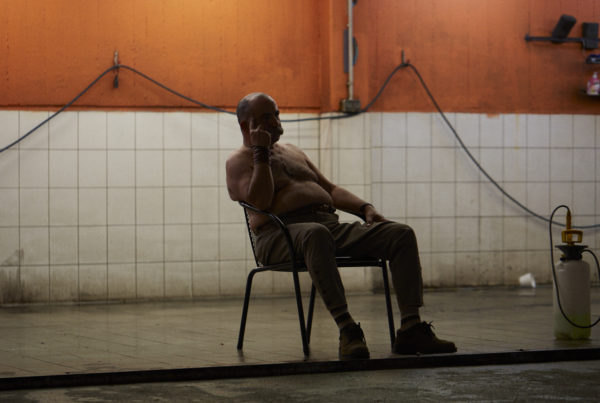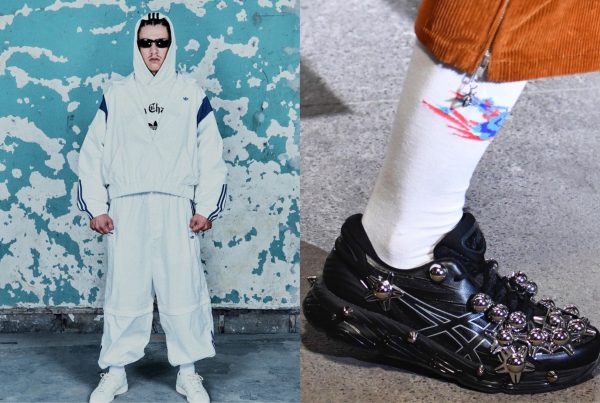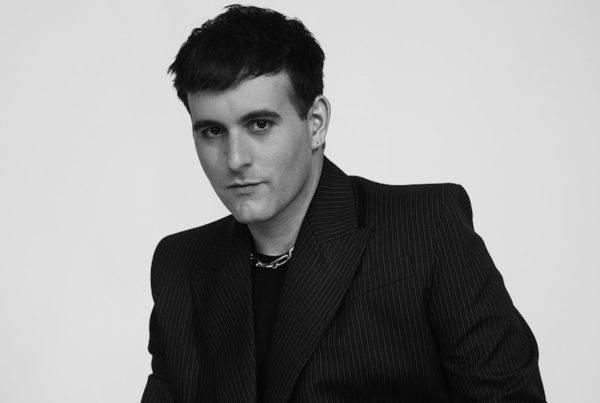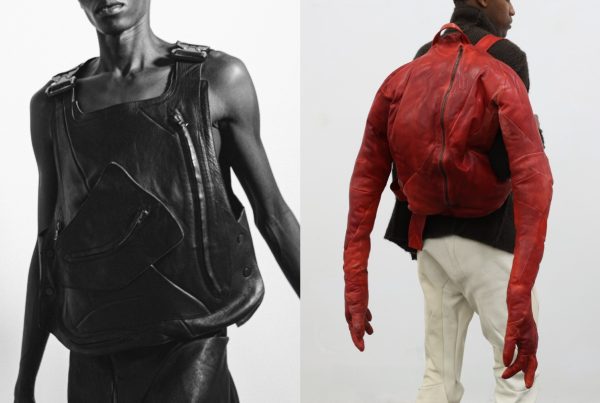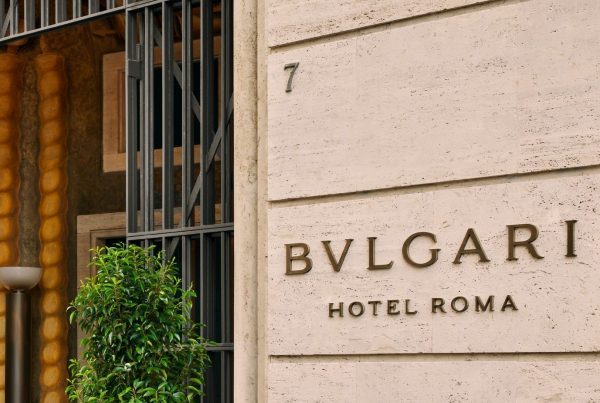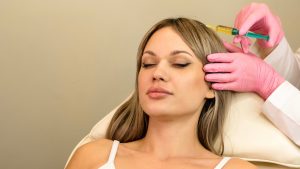
Have you ever heard of PRP injections? If not, now you have!
This groundbreaking treatment is making waves in the world of aesthetics and dermatology and can speed up healing, rejuvenate your skin, promote hair growth, and aid in recovery from muscle injuries and inflamed joints.
If you want to know more about its transformative power, then welcome. Let’s go.
What Does The PRP Stand For?
The PRP stands for Platelet-Rich Plasma, and it consists of two elements, namely plasma plasma (the liquid part of your blood) and platelets (special blood cells crucial for healing).
So platelet-rich plasma, or PRP, is essentially blood with a higher concentration of platelets than usual.
And these platelets are pla-mazing! They are renowned for their clotting capabilities and for containing growth factors that can initiate cell reproduction. Additionally, they have the remarkable ability to stimulate tissue regeneration and promote healing.
How Is PRP Created?
PRP injections use your blood cells to create platelet-rich plasma. An aesthetician will draw a blood sample from you and then place it into a machine known as a centrifuge then spins super fast to split the blood into different layers, namely red blood cells, white blood cells, plasma, and platelets. The platelets are then collected and concentrated to anywhere from 2 to 8 times their normal number. The platelets are then mixed into a blood plasma liquid base and ready to be injected.
Where Can I Have PRP Injections Done?
You can have a PRP treatment in Leicester, London, Bristol, Manchester, to Birmingham. You can have treatment done all around the UK!
Of course, you may want to know how long a session takes? According to a very well-known clinic situated in the East Midlands of England, “The treatment is administered using intra-articular or subcutaneous injections, and the whole process takes around 30 minutes to complete”.
Meaning you can practically have it done during your lunch break, pretty much wherever you are in the country!
What Injuries Can Be Treated with PRP?
The real question is, what injuries cannot be treated, because this list is extensive. PRP injections can help with:
Hair Loss: PRP injections can be used to treat hair loss associated with androgenetic alopecia, female pattern hair loss, and alopecia areata.
Skin Rejuvenation: Be it to enhance your natural glow or to reduce the signs of ageing, this platelet-rich treatment can help reduce fine lines and wrinkles, acne scars, sagging skin, as well as an uneven complexion.
Muscle Inflammation: This can be anything and everything from your posterior thigh muscles, calf muscles, quadriceps muscles to gluteal tendons.
Inflamed/Partially Torn Ligaments: Whether you are struggling with a torn knee ligament, an inflamed knee ligament, an injured knee ligament, an Achilles tendonitis, a posterior knee tendonitis, an adductor tendonitis, a hip tendonitis, or with a tennis Elbow, this treatment can help. What it cannot help you with, is saying these names five times fast!
Shoulder Tendonitis/Torn Ligament: You can start to literally and figuratively wave goodbye to torn muscle ligament issues, strained muscle issues, plantar fasciitis, and even ankle injury woes.
Degenerative/Inflamed Joints: If you suffer from knee osteoarthritis, inflamed/torn meniscus, patella, hip osteoarthritis, an injured elbow bone, or a sprained ankle, then PRP injections are probably for you.
How Many Sessions Do I Need?
On average, patients receive 2 to 3 PRP injections, spaced approximately 3 to 4 weeks apart. Improvement in symptoms is often noticeable starting from the third week after the initial injection.
But are these injections painful? Here is the best part: most patients have reported having experienced little or absolutely no discomfort from receiving their PRP injections. Of course, it goes without saying the injection site may be sore/inflamed for about 48 hours afterwards.
Are PRP Injections Safe?
A PRP injection is generally a low-risk procedure and typically does not result in major side effects. As the PRP injections are made up of your own cells and plasma, the risk of an allergic reaction is much lower than with other injectable medications like corticosteroids.
Of course, as with all things in life, risks exist. Less common risks, but risks nonetheless, include:
- Infection
- Bleeding
- Nerve injuries
- Tissue damage
Remember, since the procedure involves a blood draw, it is advisable to eat and drink some water before your appointment. This will help prevent you from feeling lightheaded or from potentially fainting.
Who Is The PRP Treatment NOT For?
You may not be a suitable candidate for PRP injections if you have an untreated underlying infection, such as human immunodeficiency virus (HIV) or hepatitis C. These infections can directly impact your platelets, potentially reducing the effectiveness of the PRP injections.
If you have cardiovascular disease or another condition necessitating blood thinners, you might not be a suitable candidate for PRP therapy. Blood thinners can influence your blood platelets, potentially affecting the outcome of your treatment.
And if you’ve been diagnosed with thrombocytopenia, indicating a low blood platelet count, PRP may not be as effective for you due to this condition
PRP Injections In A Nutshell
If you are dealing with a sports injury or experiencing post-traumatic pain from a soft tissue injury, PRP injections could be the solution for you. It is essential to talk to your aesthetician or dermatologist about all your concerns and whether the PRP treatment is suitable for your specific situation.
















